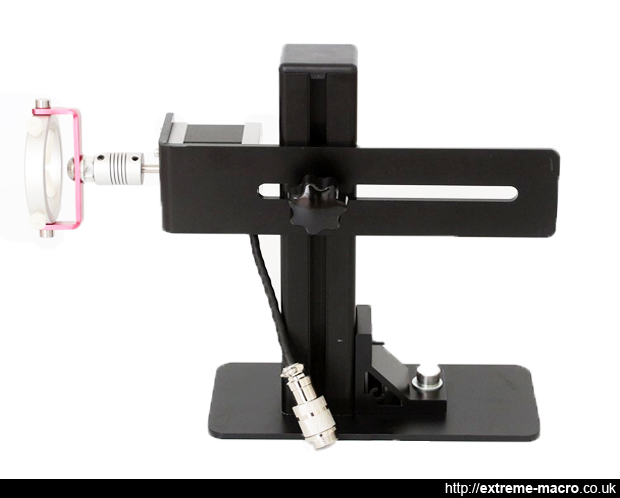

#Zyrene focus stacker software
These are then transferred into other software (such as Photoshop, Helicon Focus or Zerene Stacker) for post processing.

#Zyrene focus stacker series
This can be done manually by repeatedly adjusting the focus through a successive series of shots taken as cross-sections of the scene or subject.
#Zyrene focus stacker full
To achieve conventional focus stacking, you typically use a tripod to capture multiple shots of a scene or subject – at slightly different focus points for each shot – and then combine those images into a single, completely focused photo that shows the subject in full depth of field. Video Focus Stacking (using Helicon Focus) As the image below shows, the dragonfly was being attacked by a pair of parasitoid wasps, commonly called “dirt-daubers.” Had I been shooting single or burst shots, it is very unlikely that I would have captured this specific action, since it was a very brief moment in about three minutes of video, or a single frame out of about 4,300. When I viewed the video later, I realized that what I had not noticed through the lens was why the dragonfly had been making such frequent fly-arounds and landings. And with the latest AI plug-ins such as Gigapixel, you can enjoy substantially higher quality in these bigger enlargements.įor example, when shooting at a popular south Texas ranch a few years ago, I had focused on a dragonfly that was repeatedly landing and taking off, at some distance from our blind. If you’re shooting 6K video, a single frame will be about 18 megapixels and allow a 10×20 image at 300 dpi. But if your photo is not going to be viewed in a “nose-to-image” environment (such as in a gallery), you can go much larger, likely up to 15×30. With 4K video, your frame will be about 8.3 megapixels, which is easily adequate for an 8×10-inch image at 300 dpi. Then, using the sequence of Edit>Copy>Paste>Save, you can save a single image for additional processing. This provides potentially hundreds of individual images within an action sequence, offering the ability to find that one “special” shot.īringing your video into Lightroom or Photoshop is pretty painless, and you can easily scan forward and backward, frame by frame, to choose a still image. It can also do so for much longer periods of time, achieving 30 or more minutes of continuous shooting.

Recording at 24 or 30 frames per second, video images can capture action must faster than the frames-per-second rate for burst shooting. These increased resolutions created the ability to extract high-quality still images directly from your video. Now, 4K video is common in most cameras (and some can even shoot 6K and 8K). Nikon’s first 4K DSLR was the D500 in 2016. But higher resolution (i.e., more pixels per inch) became common after 2012 when the Canon EOS 1D C introduced 4K video (about 4,000 pixels per inch), and Panasonic brought 4K to mirrorless cameras in its Lumix GH4 in 2014. Typically, those include full HD (high definition) video, which provides an image of 1920×1080 pixels per inch. Extracting a Photo from VideoĮach camera has its own settings for video functions, including resolution quality based on pixels. Both options can offer valuable tools for nature photographers.

Here, we’ll take a look at just two ways to utilize your camera’s video capabilities: Extracting quality still photos from a video, and using video for focus stacking. If you haven’t taken advantage of these capabilities in your camera, you should. That’s unfortunate, because today’s DSLR and mirrorless systems provide far more versatility than phones, as well as higher-quality video performance. Nikon introduced video in its D90 model in 2008, Canon followed suit with its 5D Mark II, and now virtually every camera allows you to shoot video.Įven so, many photographers’ experiences with videography are still limited to their cell phones. Extracting Images and Video Focus StackingĮver since video capabilities were added to smart phones in 2007, the popularity of videography has soared.


 0 kommentar(er)
0 kommentar(er)
